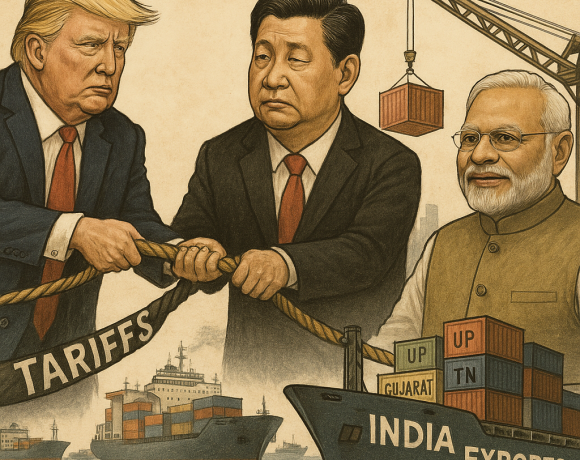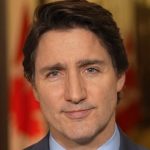
Eurasian Balancing Act: Cheap Russian Barrels, Costly U.S. Tariffs, and India’s Path to Real Autonomy
Russia’s five percent oil discount looks tempting on paper, but the numbers show why it cannot outweigh Donald Trump’s tariff barrage. Russia supplies about 1.5 million barrels per day to India — roughly 35 percent of our crude basket. At Brent levels of 66–70 dollars, the discount works out to 2.7–3.3 dollars per barrel. Multiply that across 1.5 million barrels and you get annual savings in the range of 1.5 to 1.8 billion dollars. This is a relief equal to just 0.04 percent of India’s 4.19 trillion dollar GDP — useful, but hardly transformative.
Now set that against the U.S. tariffs. Trump’s measures put up to 48.2 billion dollars of Indian exports under 50 percent duties. Gems and jewellery alone account for 10–11 billion, textiles and apparel another 8.4 billion, auto components nearly 7 billion, leather and footwear about 1 billion, carpets 0.8 billion, handicrafts 1.6 billion, and seafood exports to the U.S. 2.7 billion. Even if only half the tariff burden falls on Indian exporters and volumes shrink 15 percent, the annual wedge is still about 6.2 billion dollars. In a harsher scenario with 70 percent of costs borne by Indian firms, the hit climbs to 9–10 billion. That is four to five times the value of Moscow’s discount.
Break-even analysis underscores the futility of relying solely on Russia’s concession. To neutralize a 6.6 billion dollar tariff wedge through discounts alone, India would need over 5 million barrels per day of Russian oil — more than three times current flows — or a Brent price above 240 dollars per barrel. Neither is realistic. The tariff math simply dwarfs the oil math.
This is why India must resist any false binary choice. Strategic autonomy means keeping Russian volumes near today’s 1.5 mbpd as leverage, while expanding crude contracts with the Gulf and Atlantic suppliers. Washington cannot expect India to abandon Russian oil without supplying equivalent barrels on equivalent terms. That means same prices, same insurance, same logistics, and the same payment guarantees. Anything less is coercion disguised as diplomacy.
Equally, India must reject any trade-off that uses farmers as bargaining chips. Trump would gladly swap tariff rollbacks for access to India’s agriculture and dairy markets, and then glorify that deal as a personal triumph. But the costs would fall on Indian farmers and the cooperative dairy sector, undoing decades of gains. New Delhi is right to call this bluff.
Policy must now move on two tracks. First, negotiate firmly with Washington: if India is to scale back Russian crude, U.S. barrels must flow in at matched terms, and tariffs must recede in tandem. Second, cushion MSME-heavy exporters at home through credit support, faster GST refunds, and targeted relief. Simultaneously, speed up LNG deals with Qatar, add term crude from the Middle East, and continue building renewables and storage capacity.
The scenarios are telling. In the best case of narrowed tariff coverage and guaranteed U.S. replacement oil, India’s net drag is under 1 billion dollars. In the central case of partial carve-outs and incomplete replacements, the drag is 4–5 billion. In the stress case, with full tariffs biting and replacement barrels slipping, the drag climbs to 10 billion dollars. This is why India must negotiate from strength and set its conditions openly.
As Darshan Walawalkar, Partner at Statscope India Research, explains: “Our analysis shows Russia’s discount saves India less than 0.05 percent of GDP annually, while Trump’s tariffs threaten four to five times that impact. Policy must be guided by math, not theatre.” His colleague, Arun Durairajan, adds: “The U.S. cannot demand India walk away from Russian crude without providing equivalent barrels on equivalent terms. Equally, India must never barter its farmers and dairy markets just to soothe political egos in Washington.”
The statistics and research behind this piece were developed with Statscope India Research. The numbers show clearly: India’s path is conditional engagement, diversified sourcing, and firm red lines. Until Washington meets New Delhi on those terms, resisting tantrums is the most rational policy.


















